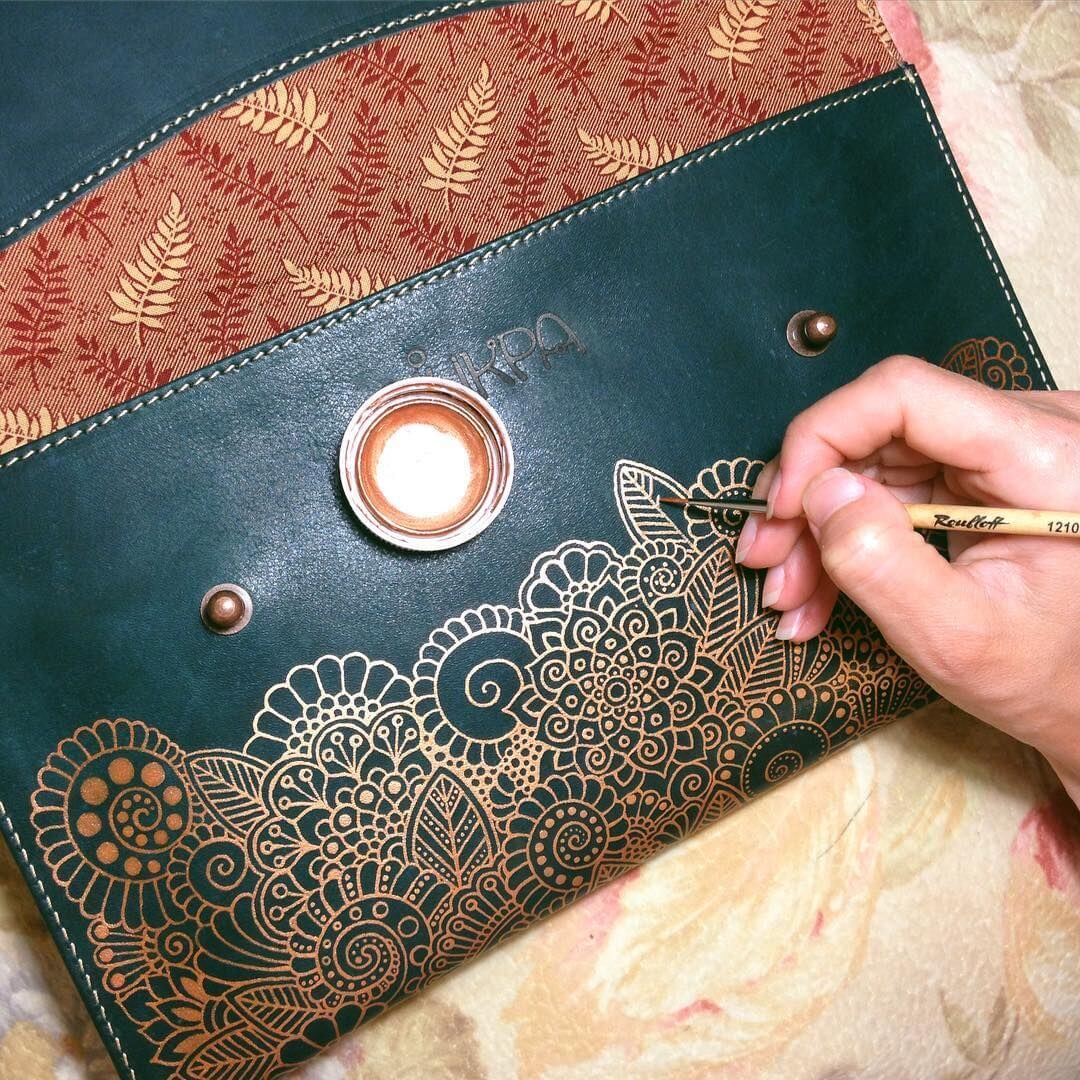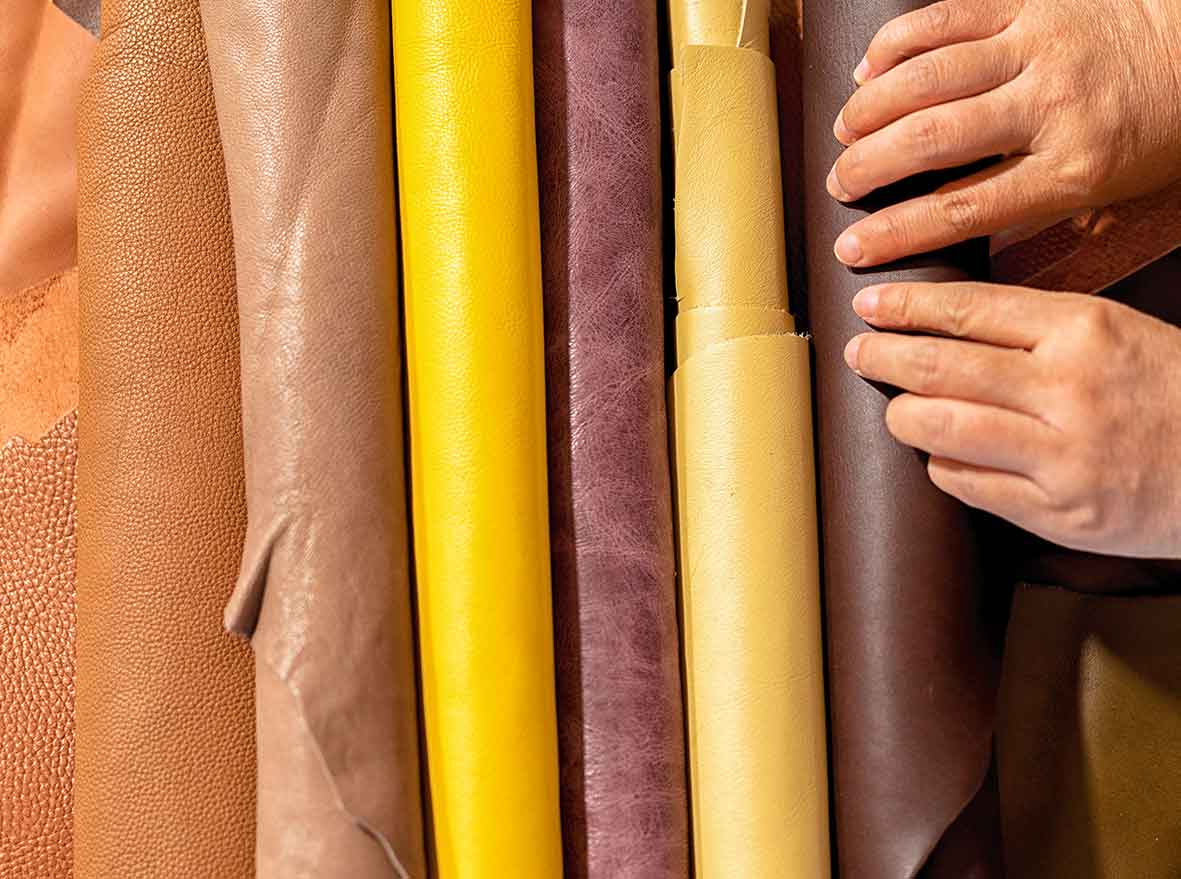Leather items like clothes, furniture pieces and horse rising gear can last a lifetime if you care for it properly and regularly. One of the primary causes of damage to leather items is water exposure, as leather and water simply don’t mix! When exposed to water, leather can become stained, dried out and brittle, which can spell trouble for the longevity of the item it’s made from.
Very porous leather like suede is particularly prone to damage if it comes into contact with liquids. If your leather items do get wet, the first thing you need to do is to let the leather dry completely before doing anything else. A good idea is to leave your item in the sun briefly until it is entirely dry and no dampness can be seen or felt. Always dry wet leather immediately. If you are in a pinch, using a hair dryer on a low setting can make the process quicker and allow you to save your leather while you are on the go.
The Hazards of Water
There are a few reasons as to why leather and water don’t mix, but the biggest one is that damp leather attracts all sorts of nasty microbes. These include mould and mildew, which can very quickly ruin your item if you don’t act in good time.
Once mildew and mould form on your items, restoring them can become tricky, if not impossible. It is crucial that you get your leather bone-dry as soon as possible to avoid these microbes from taking hold. Don’t procrastinate or play slots online – get right to it and you have a chance to save your leather!
Removing Stains with Specialised Soap
Once your leather is dry, it’s time to start removing the water stains. When leather is marked with water it will almost always leave a stain, but in many cases these stains can be buffed out. Saddle Soap, intended for use on horse saddles, is an excellent place to start when trying to remove a water stain. After initially drying out the stains and the areas around them, work up a lather with the soap and a soft sponge.
Apply the soap foam with the sponge and gently pat the area dry. If the stains are still there, repeat the process until they are no longer visible. If mould and mildew have formed, use a soft nail brush to carefully buff them off. This process might also need to be repeated a few times for best results. If the areas that you have washed are starting to fade, use a specialised leather dye (or shoe polish) to restore its colour once the hide is totally dry.
Safeguarding Your Leather
Once you have treated your leather and removed the stains as best you can, it’s time to ensure that the same thing will not happen again. By using a protective coating or conditioner on your leather, you can keep it looking great and protect it against future stains over time.
There are many leather conditioners on the market today, but some are specifically designed to guard your items against water damage. Look for products containing ingredients like silicone, beeswax and mink oil to protect your belongings against water-related issues in all kinds of weather!




